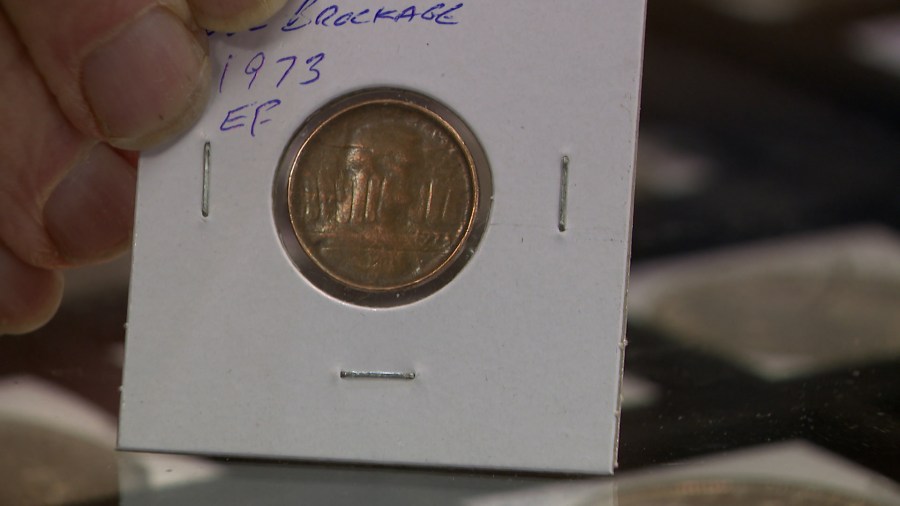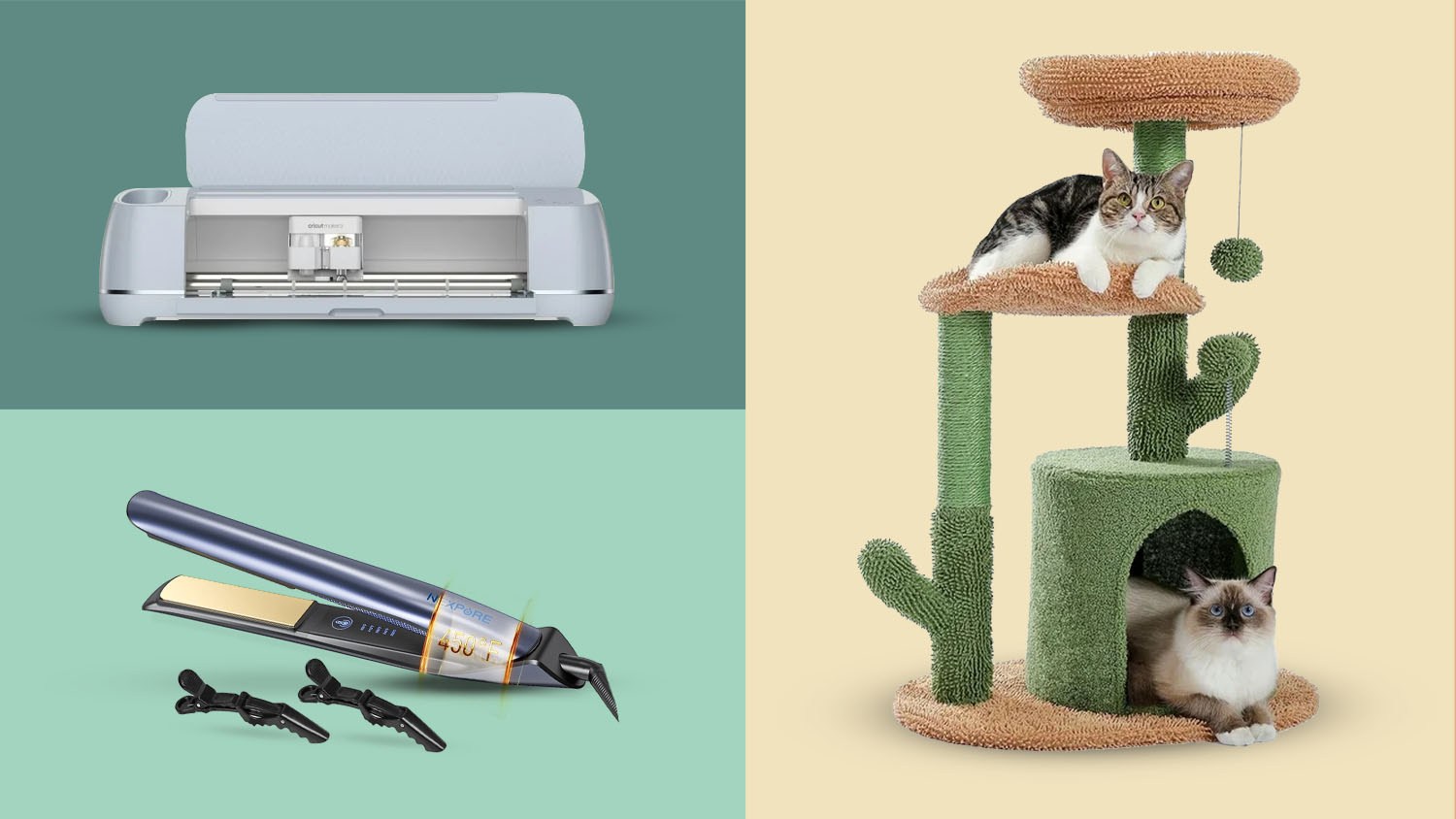VIRGINIA BEACH, Va. (WAVY) — Could you have a penny worth way more than one cent? Or a quarter worth a small fortune?
A 1943 bronze Lincoln cent, a 1944 steel Lincoln cent, or a 1937-D 3-legged Buffalo nickel, are out there — somewhere.
And they are rare.
Prepare to break open your piggy banks. If you have a large amount of change just lying around, you just might have something inside that would make a coin collector’s eyes go wide.
Candl Coins & Stamps off Independence Boulevard in Virginia Beach is a time capsule of history. The owner, Larry Robbins, has been collecting coins for more than 50 years.
“My father collected some, but he was a bus driver in Norfolk,” Robbins said, “… and we would sit down every night and go through $100 worth of change when my dad came home. They had to carry $100 worth of change back then.”
He said dimes were the coin of choice for his family back then. They would try to collect every year, every mint location, every dime in a set they could find. He took that hobby and made it his career, buying and selling coins.
“We’ve been here since [19]78,” Robbins said.
And in the 47 years as the store owner, he has seen a lot of coins. He said customers are finding the wrong prices online.
“A lot of them are looking on the Internet first,” Robbins said. “And they see a picture of them — this goes for coins and stamps — and it says, this coin or this stamp is worth $3,000 or $30,000 or $110,000. They don’t know exactly what they’re looking at. They’re not familiar with the terms.”
So how do you find a pricey penny?
“The ones that you would hit the market on, and they are out there — there are some somewhere out there — they have a 1983 copper cent. In 1982, they changed the composition from copper to zinc. And so the 83s are zinc.”
Besides finding an old coin that is made of silver or copper, errors in currency are another rare find Robbins looks for. He said most people do not even notice some errors that could be on something as common as a dollar bill.
“It has a show number and you get one number mismatched on there, and it could be worth several hundred dollars,” Robbins said.
On the very day 10 On Your Side was there, Robbins bought an error coin. A heads and tails was printed on the same side of the penny. He explained to us how it happened.

“They strike the coin, and you’re supposed to get to the coin out of the collar,” Robbins said. “The next coin comes in and falls to that collar on top of the other one, and one’s already struck. The second strike comes in, and it ends up that you have a solid strike on one side and the other side has parts of both strikes on it.”
If you want to now break open your piggy banks full of change, Robbins said getting educated first will help you know what to look for. If you don’t come across hidden treasure, he reminds us that’s what “rare” is all about.
“If you walk around and go through every penny in your life, you’ve probably found some kind of error, but you won’t recognize it when you see it,” Robbins said.
But he encourages you to do so, because you might learn something new in the process. He said you can’t put a price on learning.
Robbins loves collecting coins and learning about the history when he gets a good find. He has coins dating back 3,000 years ago, and even showed 10 On Your Side coins that date back from 1212.







